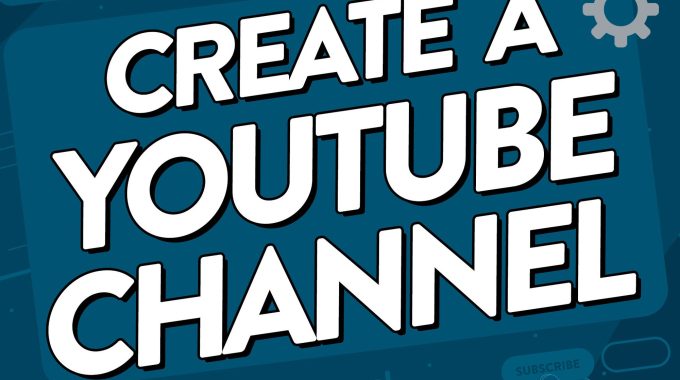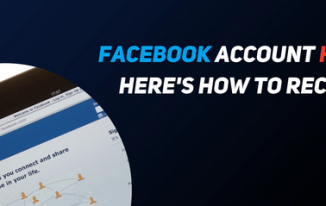Creating a successful YouTube channel involves a combination of creativity, strategy, and consistency. From conceptualizing your content to optimizing your videos for search, there are several steps to take to ensure your channel stands out and attracts an audience. Let’s dive into a comprehensive guide on how to create a YouTube channel:
1. Define Your Niche:
Choose a specific topic or niche for your channel. This could be anything from beauty tutorials to gaming, cooking, or technology reviews.
Consider your passions, expertise, and what you can offer that’s unique to your audience.
2. Research and Plan:
Conduct thorough research on your chosen niche. Identify popular trends, keywords, and topics within your niche.
Develop a content plan outlining the types of videos you’ll create, how often you’ll upload, and your overall channel strategy.
3. Create Your YouTube Account:
Sign in to YouTube with your Google account.
Click on your profile icon and select “Your Channel.”
Follow the prompts to create your channel name and customize your channel’s appearance.
4. Brand Your Channel:
Design a visually appealing channel banner and profile picture that reflects your niche and personality.
Create a compelling channel description that clearly communicates what viewers can expect from your content.
5. Develop High-Quality Content:
Invest in good quality equipment such as a camera, microphone, and lighting to produce professional-looking videos.
Plan and script your videos to ensure they’re engaging and informative.
Experiment with different video formats, such as tutorials, vlogs, or reviews, to see what resonates best with your audience.
6. Optimize Your Videos for Search:
Conduct keyword research using tools like Google Keyword Planner or TubeBuddy to identify relevant keywords for your videos.
Optimize your video titles, descriptions, and tags with your chosen keywords to improve your video’s visibility in search results.
7. Create Compelling Thumbnails:
Design eye-catching thumbnails that accurately represent your video content and entice viewers to click.
Use high-quality images, bold text, and contrasting colors to make your thumbnails stand out in search results and recommended videos
8. Promote Your Channel:
Share your videos on social media platforms and relevant online communities to attract initial viewership.
Collaborate with other YouTubers in your niche to reach a wider audience and gain exposure.
Engage with your audience by responding to comments, asking for feedback, and encouraging viewers to subscribe and share your content.
9. Analyze and Adapt:
Use YouTube Analytics to track your channel’s performance, including metrics like views, watch time, and subscriber growth.
Identify trends and patterns in your data to understand what’s working well and what areas need improvement.
Continuously iterate on your content strategy based on audience feedback and analytics insights to keep growing your channel.
10. Monetize Your Channel:
Once you’ve met the eligibility requirements, apply for the YouTube Partner Program to monetize your channel through ads, channel memberships, and merchandise shelf.
Explore alternative revenue streams such as brand partnerships, sponsored content, and affiliate marketing to diversify your income.
11. Stay Consistent and Persistent:
Consistency is key to building and maintaining an engaged audience on YouTube. Stick to a regular upload schedule to keep your viewers coming back for more.
Stay persistent and patient, as building a successful YouTube channel takes time and effort. Don’t get discouraged by slow growth or setbacks along the way.
Pros:
Creative Outlet: YouTube provides a platform for expressing creativity through various types of content such as vlogs, tutorials, reviews, and more.
Global Reach: YouTube has a vast audience worldwide, allowing creators to reach a diverse audience regardless of geographical location.
Monetization: Successful channels can generate income through various monetization options such as ad revenue, sponsored content, merchandise sales, and channel memberships.
Community Engagement: YouTube fosters interaction and engagement with viewers through comments, likes, shares, and live streaming, building a loyal community around your content.
Skill Development: Running a YouTube channel involves various skills including content creation, video editing, marketing, and audience engagement, providing an opportunity for personal and professional growth.
Brand Building: A YouTube channel can serve as a platform to build a personal or business brand, establish credibility, and showcase expertise in a particular niche.
Cons:
Time-Consuming: Creating high-quality content, editing videos, managing the channel, and engaging with the audience can be time-consuming, especially for creators juggling other commitments.
Competition: YouTube is saturated with content, making it challenging for new channels to stand out and gain visibility among millions of videos uploaded daily.
Algorithm Changes: YouTube’s algorithm updates can affect a channel’s visibility and discoverability, leading to fluctuations in views and subscribers, which can be frustrating for creators.
Monetization Thresholds: Meeting YouTube’s monetization requirements, such as reaching 1000 subscribers and 4000 watch hours in the past 12 months, can be difficult for new channels and may take time to achieve.
Negative Feedback: Creators may encounter negative comments, criticism, or even harassment, which can affect their mental health and motivation to continue producing content.
Intellectual Property Issues: YouTube’s copyright policies and content ID system may result in copyright claims or strikes against your channel, leading to demonetization or even termination if not handled properly.




